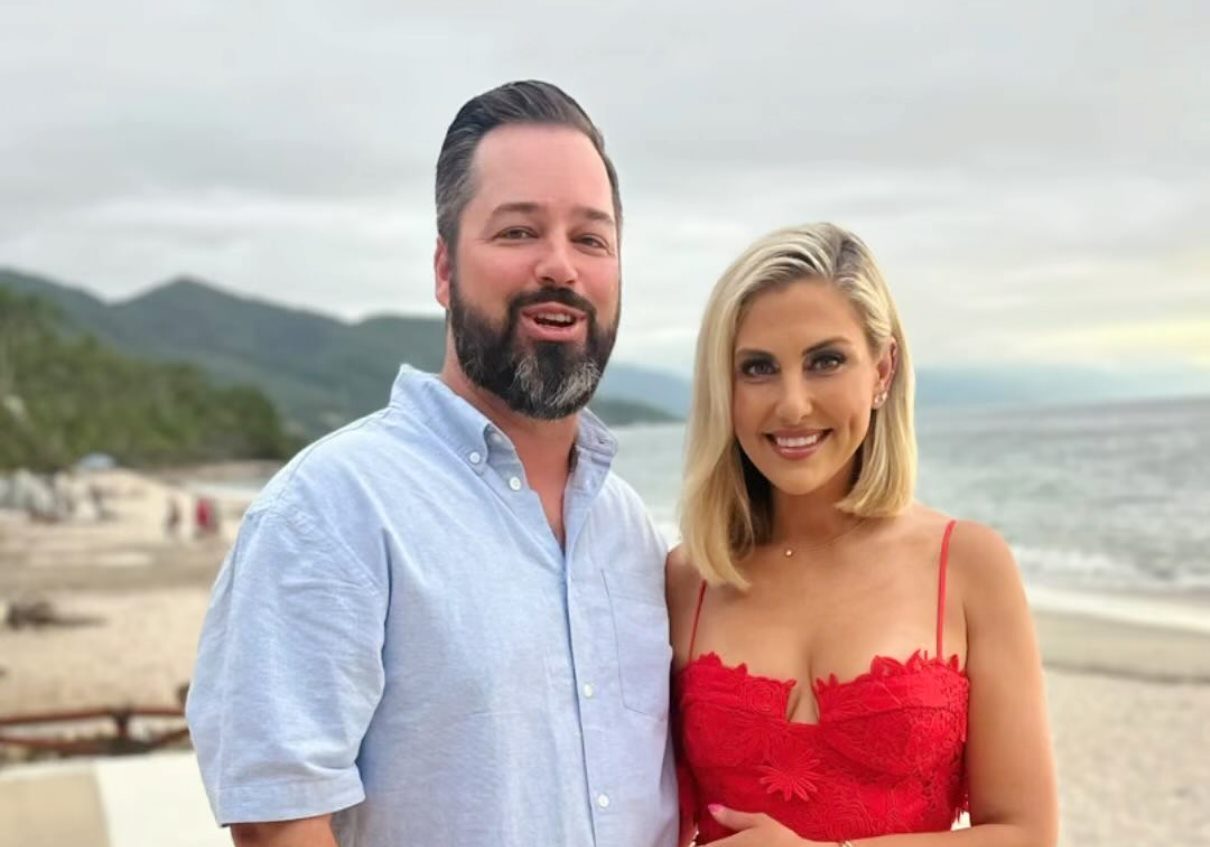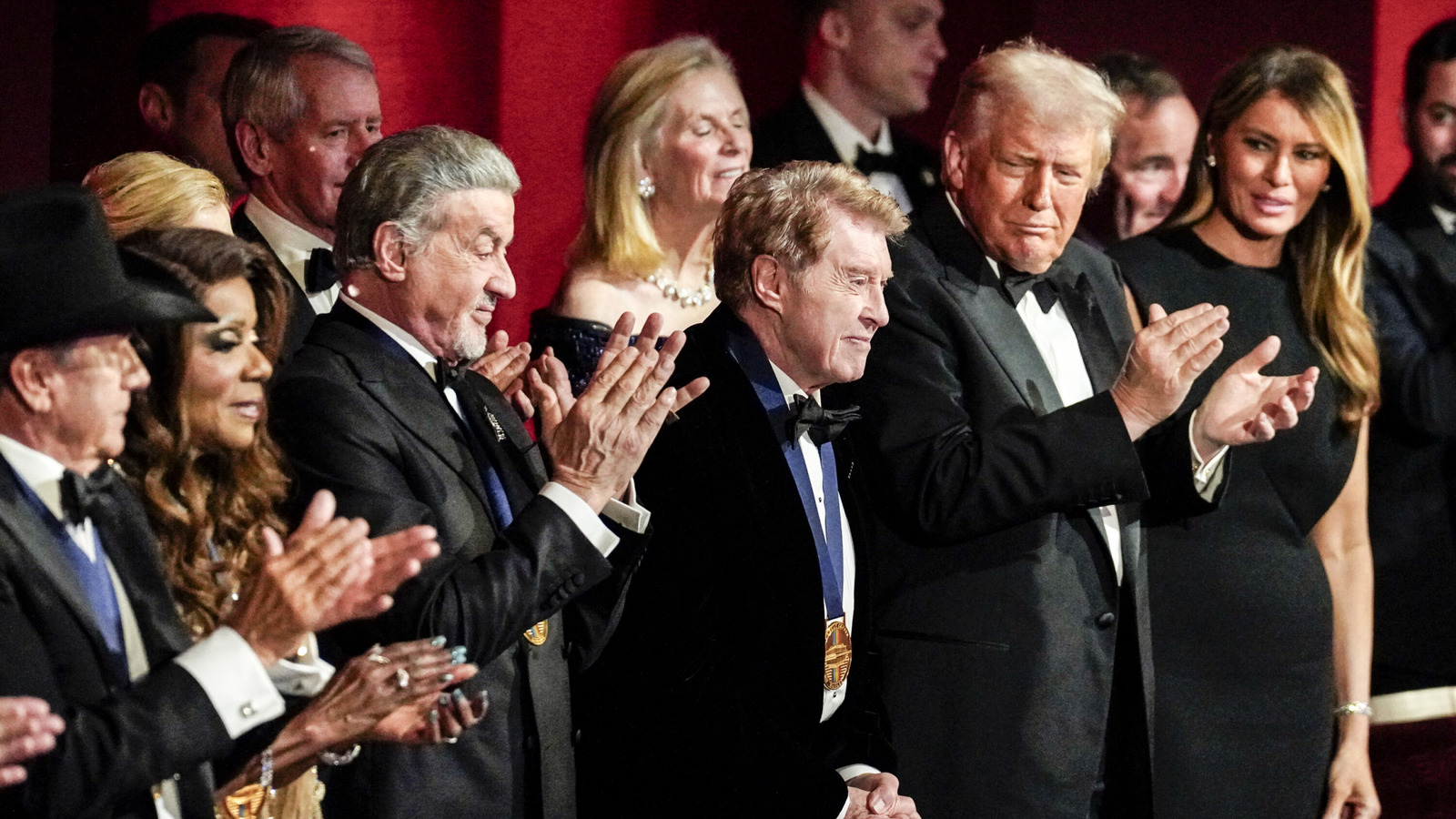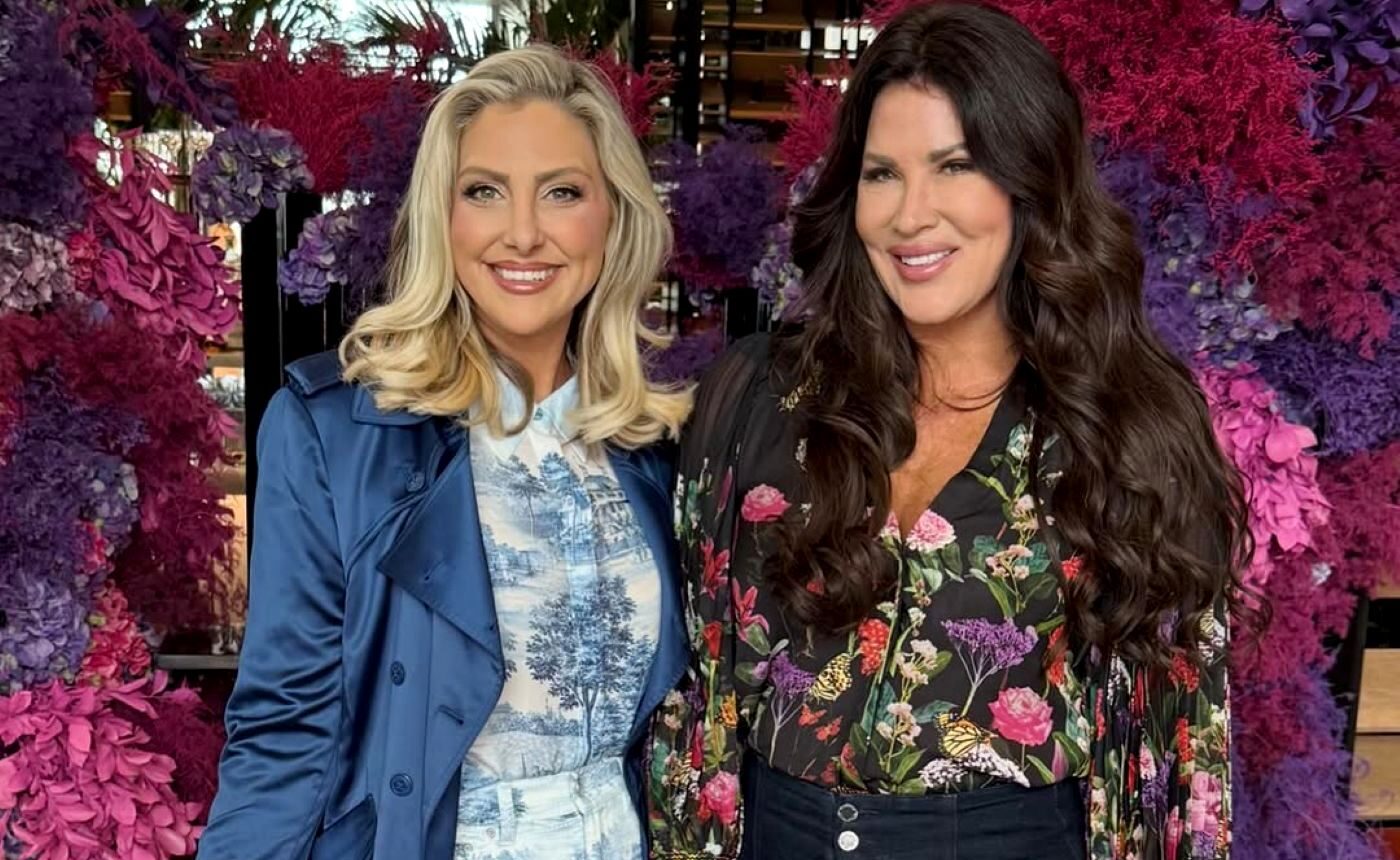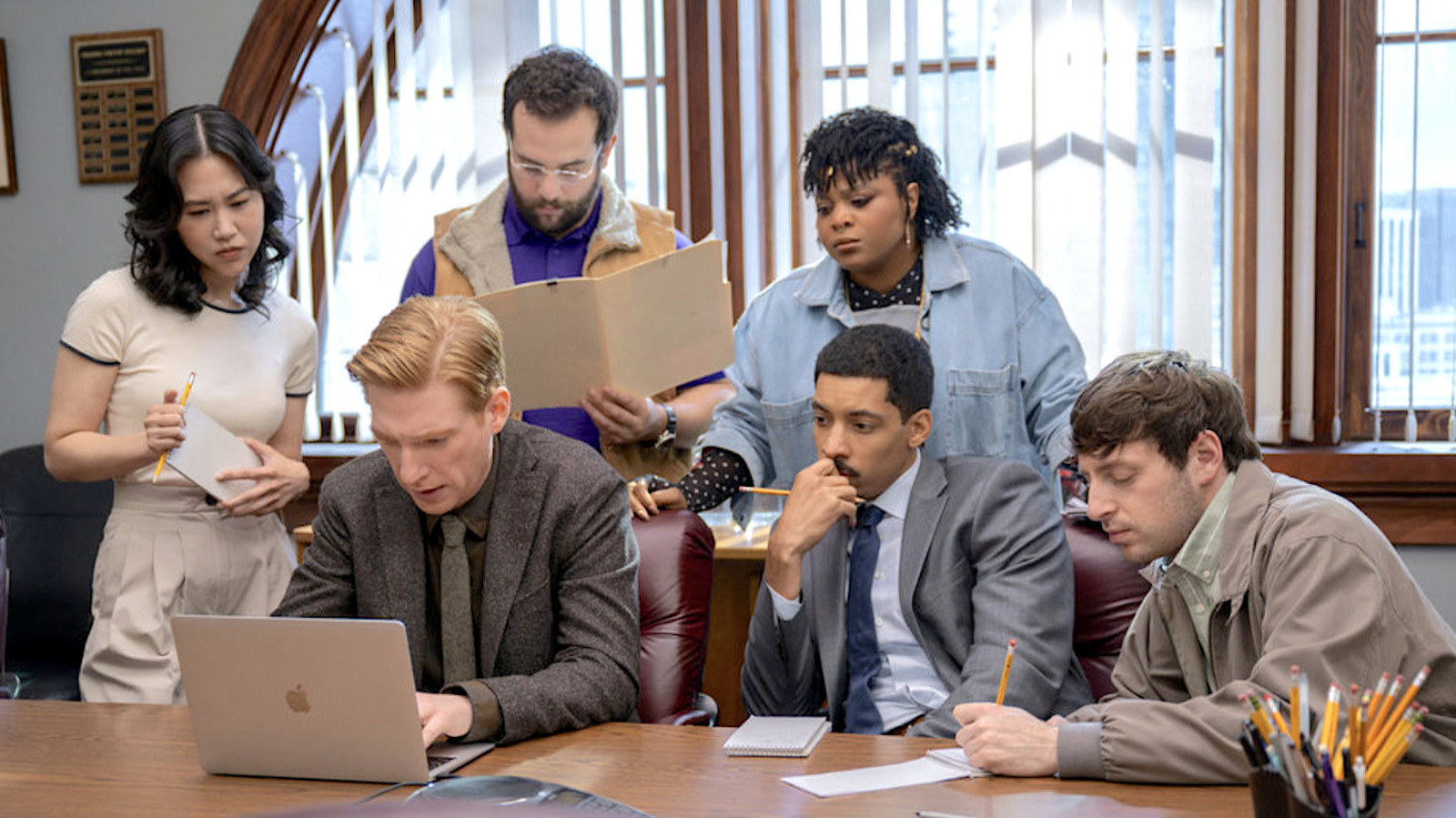Cue the theme song. A couch in a coffee shop. Six people too broke for rent but miraculously afforded lattes every day. The 90s weren’t just flannel and frosted tips—they were the golden age of sitcom friendships. Friends wasn’t just a show; it was a cultural blueprint. Before you had group chats, you had Monica’s apartment. Before “read receipts,” you had Chandler’s sarcastic one-liners. But this wasn’t the beginning of friendship on screen. It was just the most Instagrammable (if that had existed back then).
Fast-forward. Today, we’re living in a world where someone might spill their soul to a stranger in an anonymous chat online, or confess secrets in apps for anonymous group chats without ever hearing the other person’s voice. Moreover, anonymous video chat, it can be CallMeChat or another, is becoming popular due to the ability to sincerely express your feelings. The anonymity of CallMeChat means that you will not bear consequences for your words and can truly pour out your soul to the interlocutor, without ulterior motives and attempts to embellish reality.
Let’s rewind a bit.
1950s–70s: When Friendship Was Black and White (Literally)
It started simple. I Love Lucy. The Honeymooners. The Mary Tyler Moore Show. These sitcoms revolved around married couples, neighbors, office pals. Friendship was tidy, framed within domestic or workplace boundaries. There were fewer jokes about mental health and more about burnt roasts or grumpy husbands.
In The Mary Tyler Moore Show, Mary’s friends weren’t just side characters—they had storylines, dilemmas, and voices. This was quietly radical. Back then, friendship on TV wasn’t about lounging on couches—it was about being present, supportive, and surviving absurdity together.By the 70s, the laughs came with real bite. Shows like MASH* and The Odd Couple gave us mismatched roommates and battlefront bonds. They joked through trauma, gave each other grief, but never walked away. That’s a kind of loyalty we still crave, even if we seek it now through usernames and avatars.
The 80s: Enter the Found Family
The 80s gave us Cheers. A bar where everybody knows your name—and your exes. In Golden Girls, older women in Miami redefined what it meant to start fresh and build a family from scratch. These weren’t perfect people. They argued, slammed doors, made terrible dating decisions. Yet they showed up for each other. Every. Time.
Statistically speaking, this mattered. A 1985 study published in the American Sociological Review reported that the average American had about three confidants. By 2004? That number had dropped to two. As shows leaned into the “found family” dynamic, real people began relying more on non-family friendships. Art, reflecting life—or the other way around?
The 90s–2000s: Peak Sitcom Friendship
This was the boom era. Friends. Seinfeld. Will & Grace. How I Met Your Mother. These were sitcoms that said: your friends are your everything—especially when your job is terrible, your dating life is worse, and you live in a city that eats people alive.
Each of these shows thrived on emotional intimacy disguised as humor. Think about it: Friends had entire arcs about moving out and how it tore people apart. Seinfeld famously lacked “learning or hugging,” yet its characters were locked in co-dependent chaos. Will & Grace brought LGBTQ+ friendships into the spotlight, proving you didn’t need romantic chemistry to have life-altering love.
It wasn’t about perfection. It was about presence. Even if you were a disaster, someone would bring Chinese takeout and sit on the floor with you.
2010s: Diverse, Messy, Real
As the media grew more self-aware, so did our sitcoms. New Girl, Brooklyn Nine-Nine, Community, The Good Place. These shows shattered molds. Friends weren’t just white, cis, straight, and middle-class anymore. They were queer, neurodivergent, from different backgrounds, even different timelines (The Good Place, we’re looking at you).
What changed?We were watching TV and messaging on apps. Laughing at a joke while DMing it to a group chat. Friendship wasn’t just what we saw—it was what we were simultaneously mimicking, creating in digital spaces.
A Pew Research Center survey showed that 57% of teens made at least one new friend online. And more than half of those friendships were as real—sometimes more so—than their in-person ones.
It makes sense. When sitcoms normalized deep, messy, weird friendship, we gave ourselves permission to find it wherever we could—even in a talk on anonymous chat online.
Now: Hyperconnected, Deeply Isolated
So what now? We binge sitcoms about connection while simultaneously swiping, scrolling, lurking. Apps for anonymous group chats let us vent without filters. We bond over memes, trauma-dump into threads, and share Spotify playlists with someone whose real name we don’t even know.
There’s irony here. The more tools we have to communicate, the lonelier we sometimes feel.And yet…People still quote The Office at parties. Still find comfort in reruns of Friends on a bad day. Still say things like “Schmidt from New Girl is literally me.” Why? Because sitcom friendships—even the goofy, exaggerated, absurd ones—remind us of what connection should feel like. Fun. Fierce. Flawed. Forgiving.
Conclusion: Why It Still Matters
TV sitcoms didn’t just reflect friendship. They constructed it. They taught generations how to show up, how to apologize, how to laugh through pain. And now, in an era of anonymous chatting, of AI companions and disappearing DMs, they whisper a different kind of lesson:
You don’t have to see someone’s face to feel seen.You don’t have to be in the same room to be there for someone.You just have to show up. In whatever form you can.So if you’re pouring your heart out on an app for anonymous group chats at 2 AM, just know—Dorothy, Joey, Jess, and Jake would probably understand.They’d send you a GIF.Maybe a dumb joke.Definitely a virtual hug.And they’d never make you feel alone.

.jpg)





